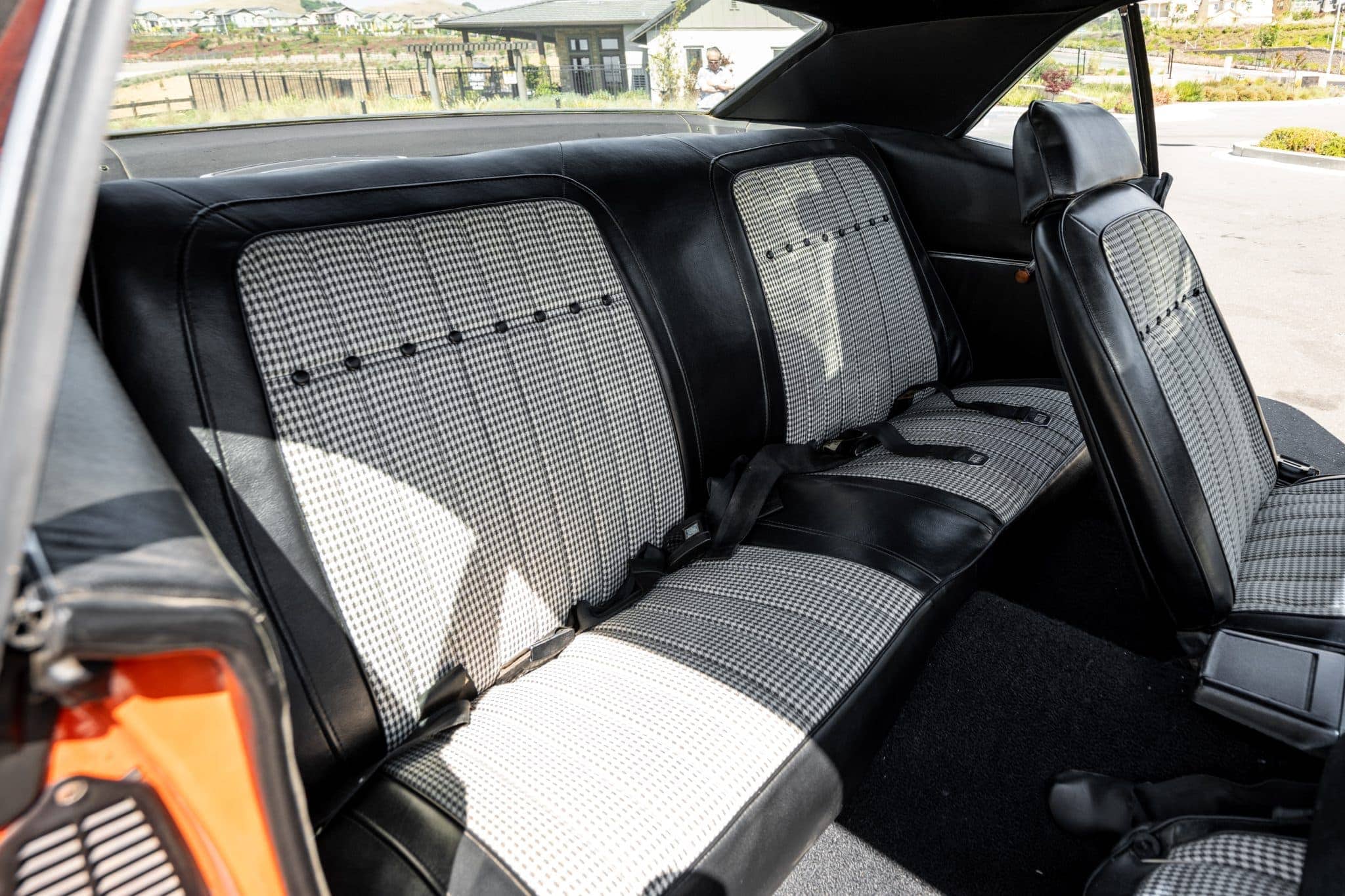The 1969 Chevrolet Camaro Coupe stands as an iconic symbol of American muscle cars, embodying the essence of power, style, and performance. This model year marks the final iteration of the first-generation Camaro, and it remains one of the most beloved and sought-after classic cars by enthusiasts and collectors alike.
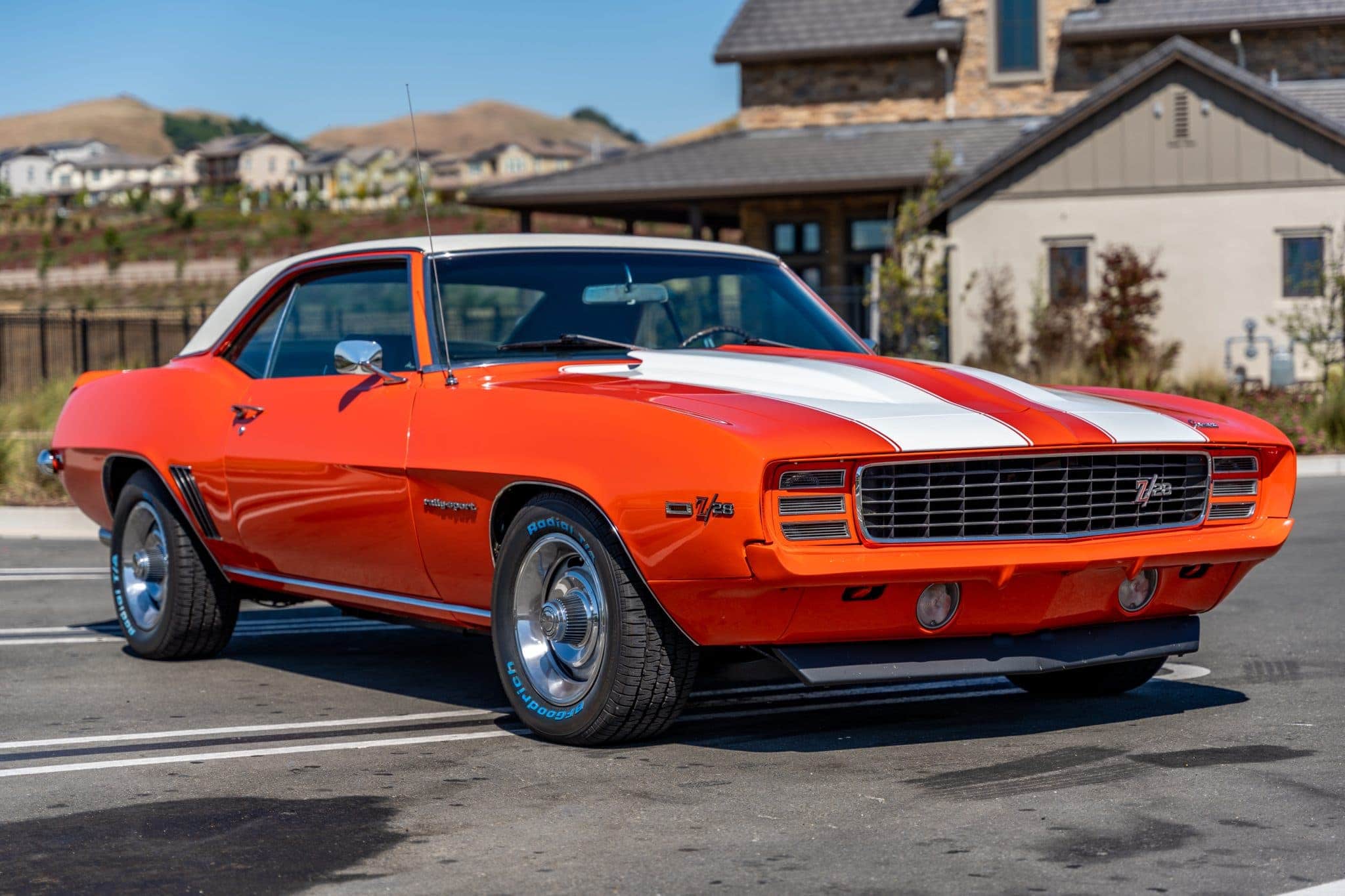
Design and Styling
The 1969 Camaro underwent significant design changes that distinguished it from its predecessors. Chevrolet aimed for a more aggressive and sporty look, achieving this with a new, more pronounced front end. The grille was redesigned to be wider and more angular, complemented by a sleeker profile. Quad headlights, a hallmark of the ’69 model, and a sculpted hood with simulated air intakes added to the car’s bold presence on the road.
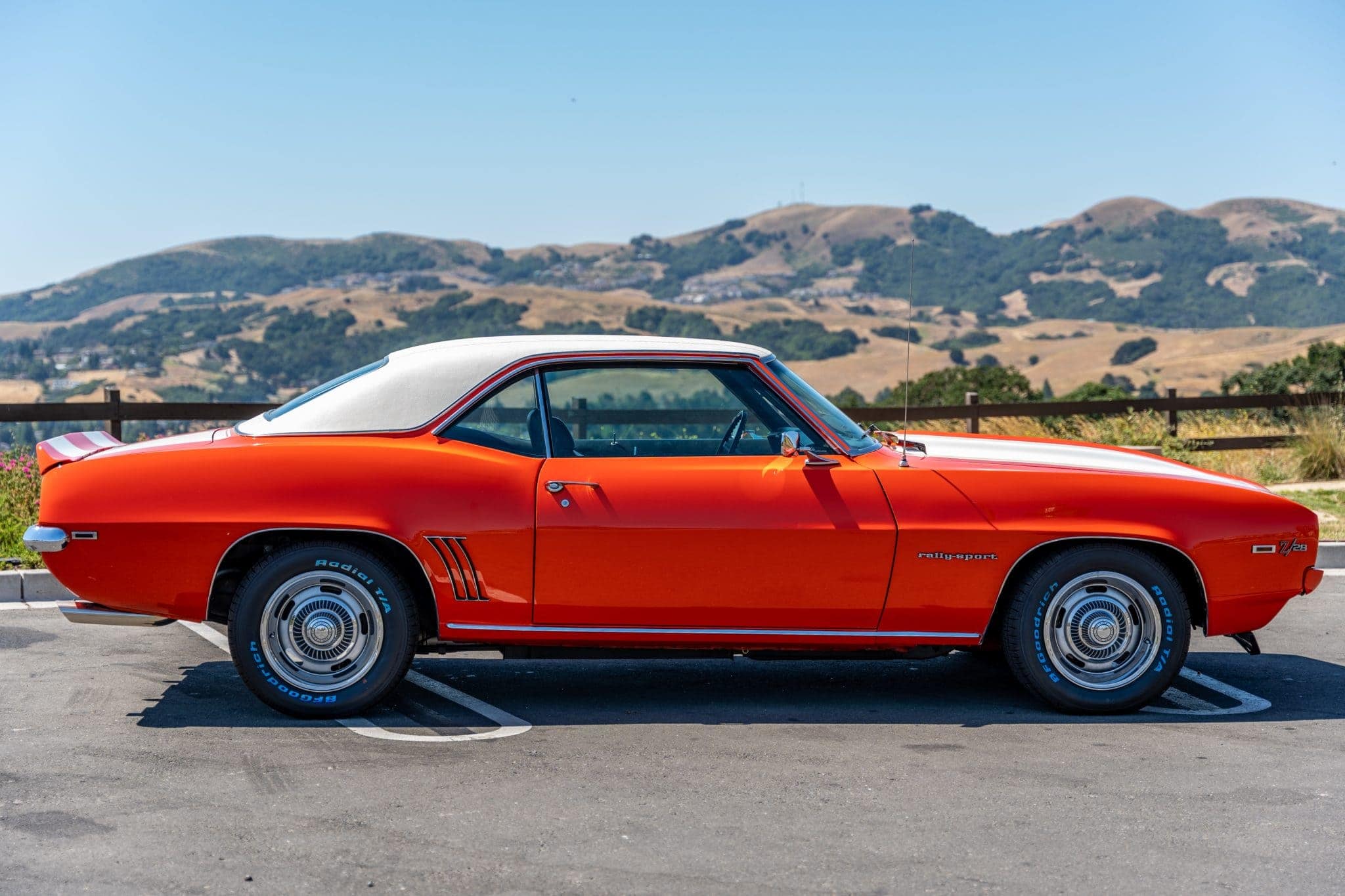
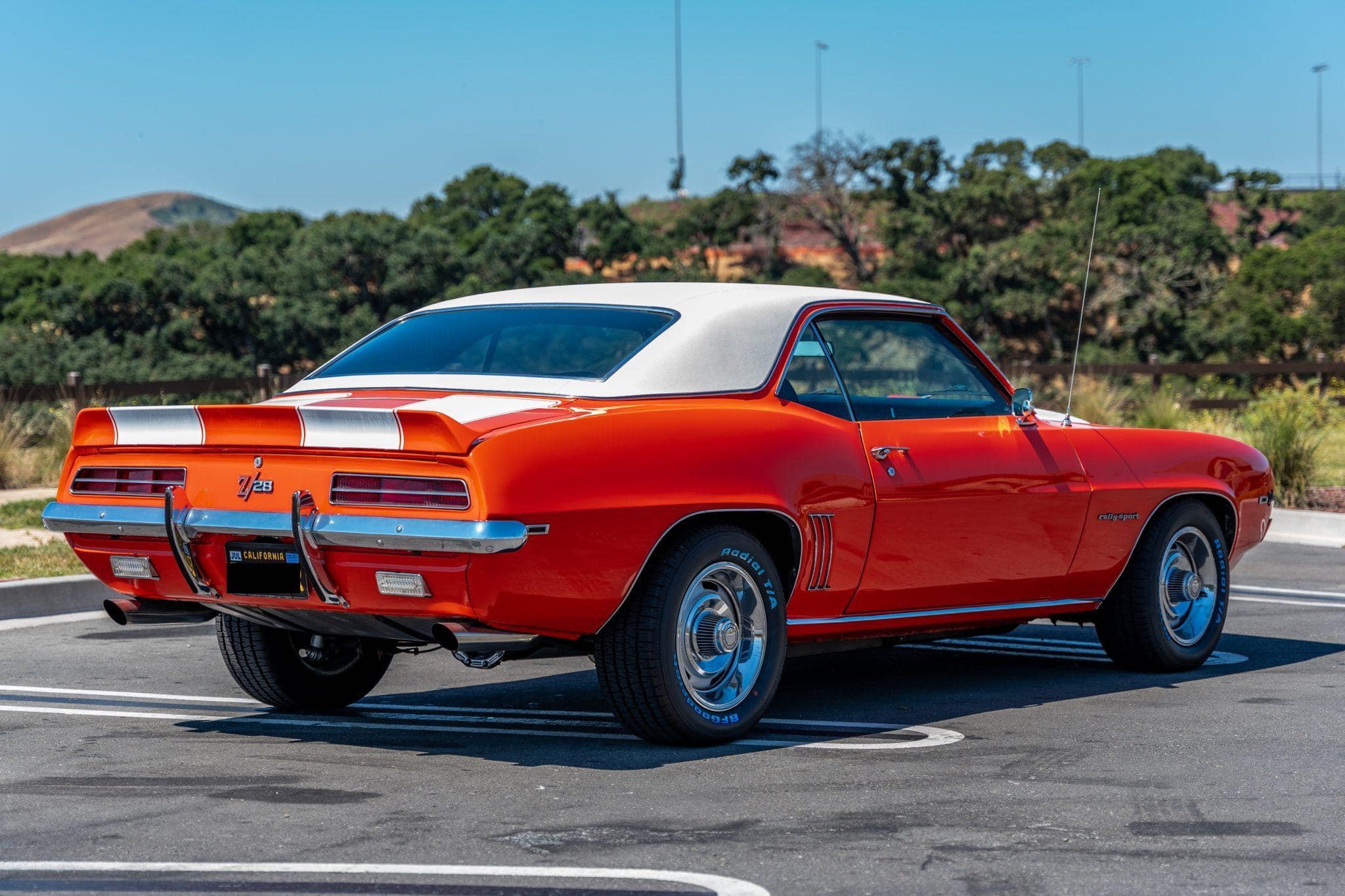

The body featured more pronounced lines and a longer, lower stance, giving it a more athletic appearance. The rear end was also updated, with a new taillight design and a decklid spoiler that enhanced both aesthetics and aerodynamics. Buyers had a range of exterior color options, including striking hues like Hugger Orange, Daytona Yellow, and Rallye Green, allowing for further personalization.
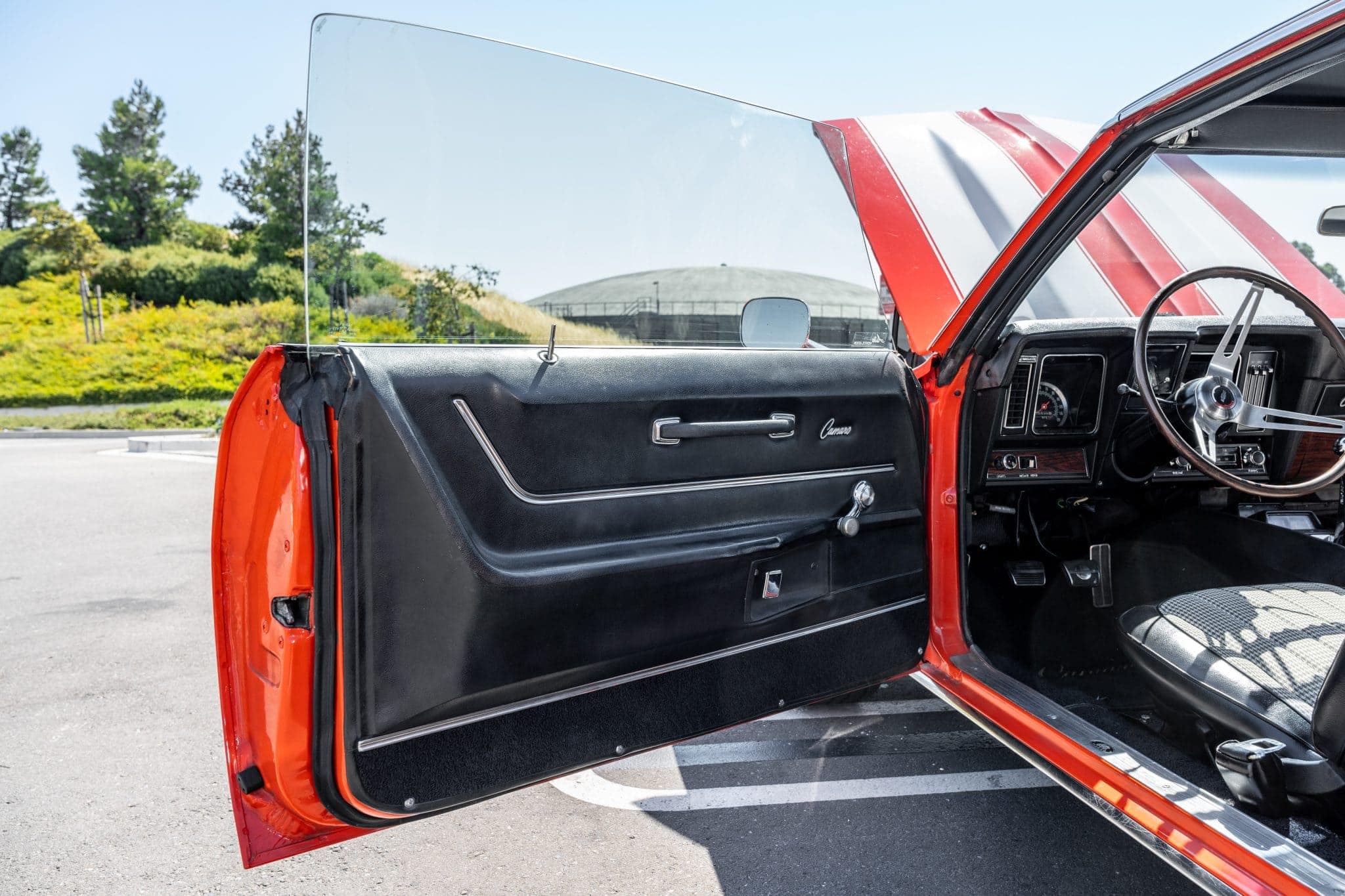
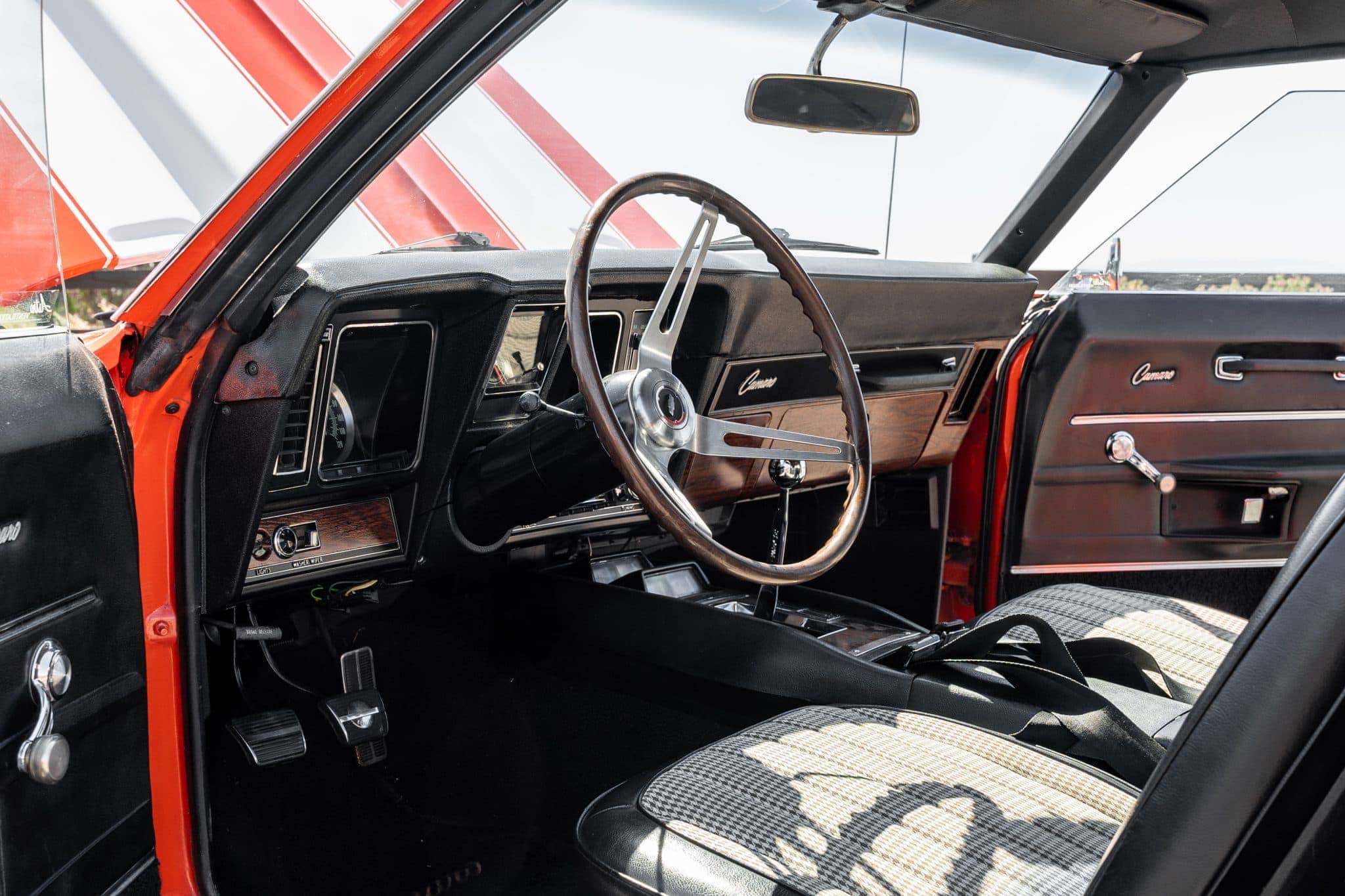
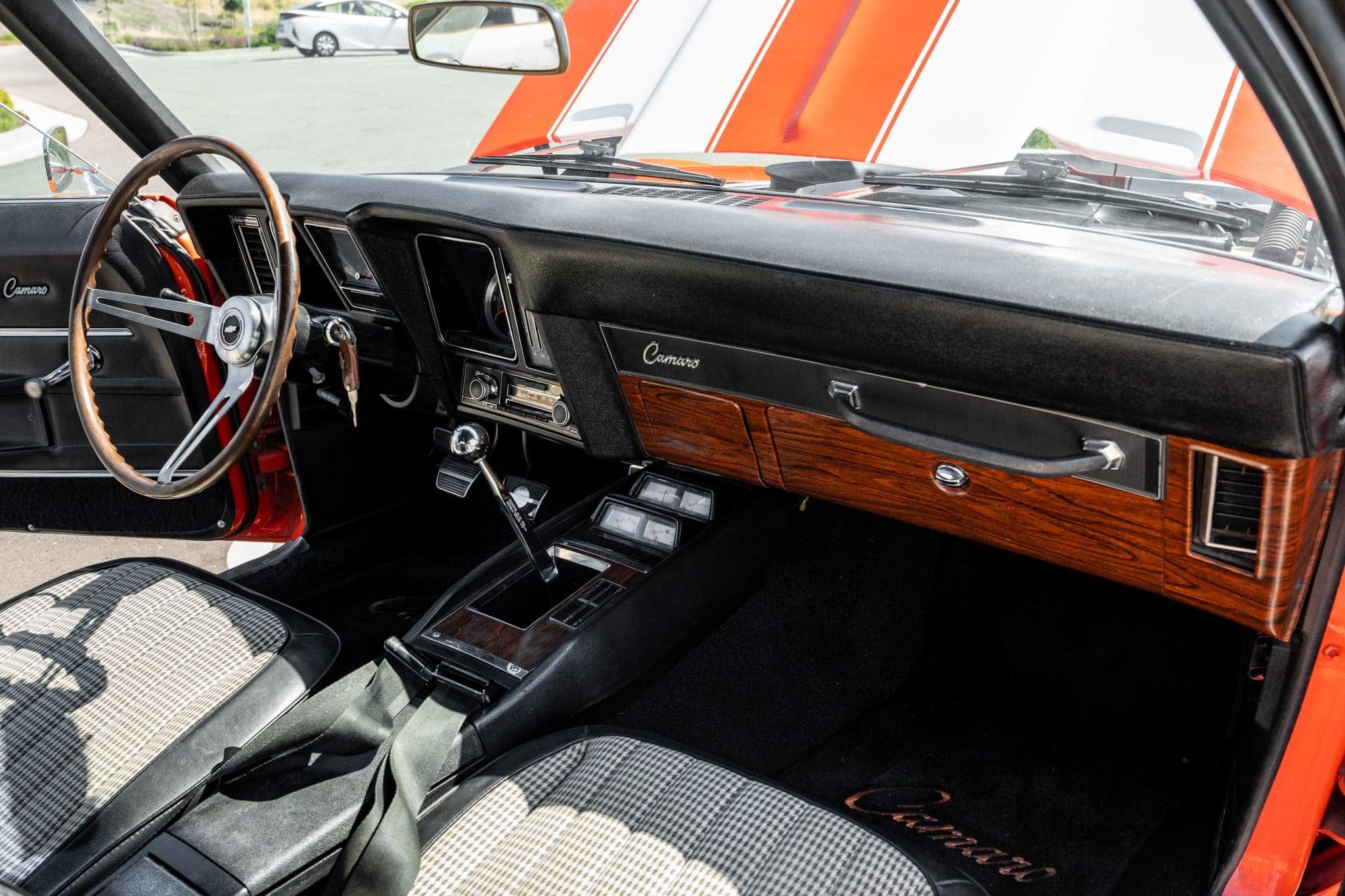
Performance and Powertrains
Under the hood, the 1969 Camaro offered an array of powerful engine options, catering to a diverse range of performance preferences. The base model came with a 230 cubic inch (3.8L) inline-six engine, producing 140 horsepower. However, it was the V8 options that truly defined the Camaro’s muscle car status.
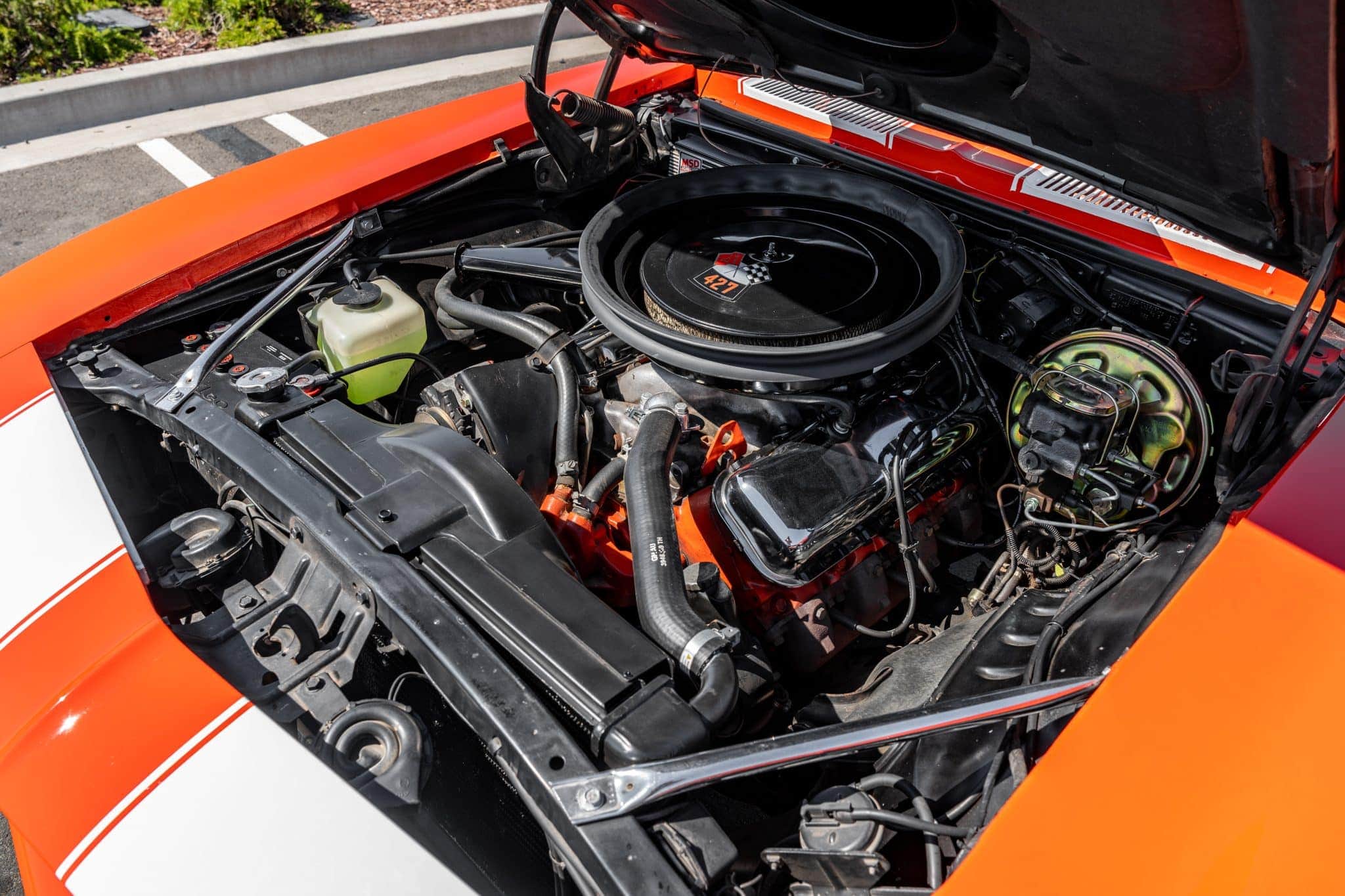
The most notable engines included:
- 302 cubic inch (4.9L) V8: Featured in the high-performance Z/28 model, this engine produced 290 horsepower and was designed for Trans-Am racing homologation.
- 350 cubic inch (5.7L) V8: Available in various states of tune, including the SS (Super Sport) models, producing up to 300 horsepower.
- 396 cubic inch (6.5L) V8: Found in the SS396 and COPO (Central Office Production Order) models, this big-block engine offered up to 375 horsepower.
- 427 cubic inch (7.0L) V8: A rare and highly coveted option available through the COPO program, delivering an astounding 425 horsepower.
Transmission choices included a 3-speed or 4-speed manual and a 2-speed Powerglide or 3-speed Turbo Hydra-Matic automatic, allowing drivers to tailor their driving experience.
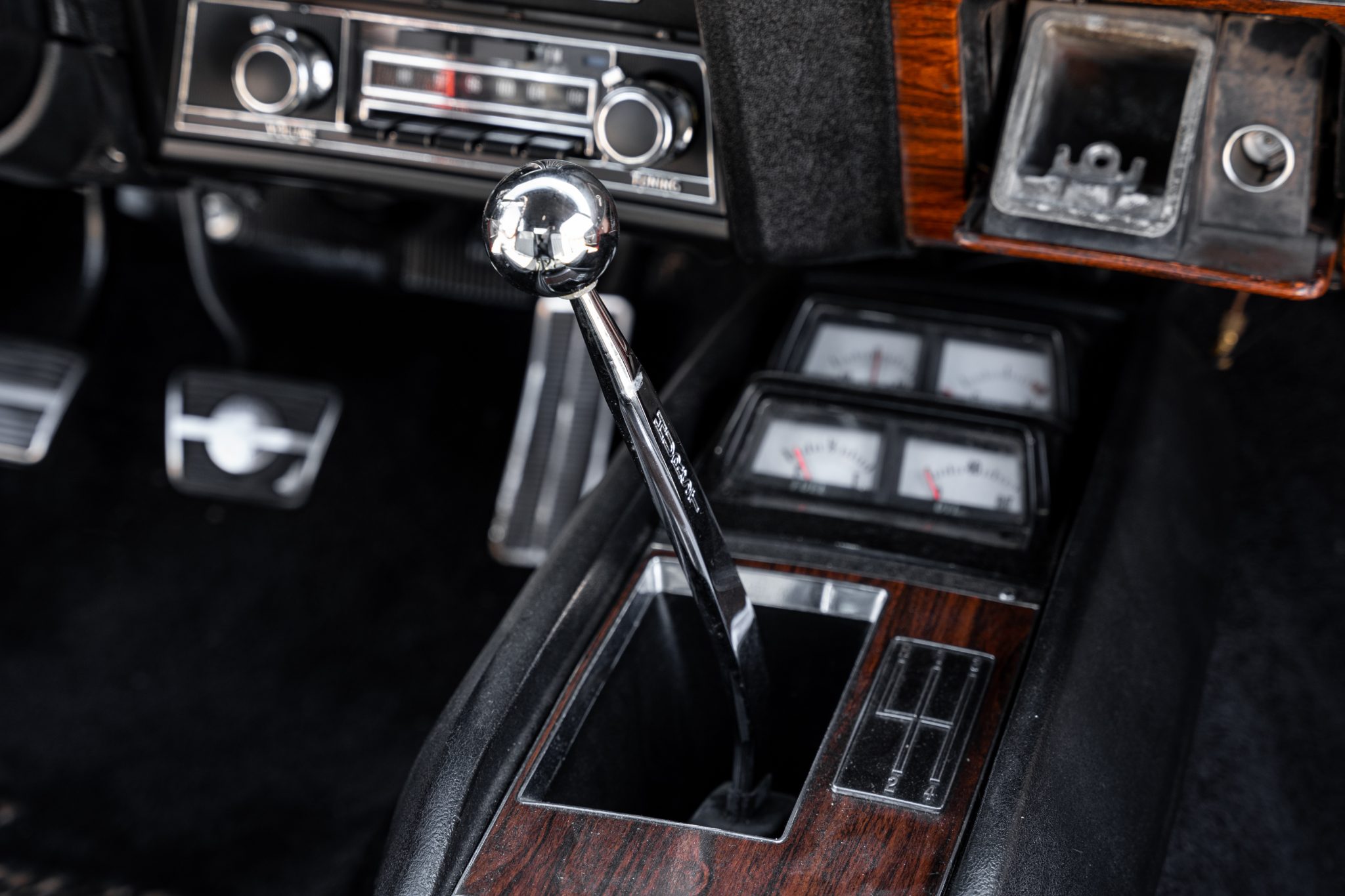
Trim Levels and Special Editions
The 1969 Camaro was available in several trim levels, each offering unique features and performance enhancements:
- Base Model: Offered a well-rounded package with essential features and performance.
- RS (Rally Sport): Included cosmetic upgrades such as hidden headlights, revised taillights, and additional chrome trim.
- SS (Super Sport): Focused on performance, featuring upgraded suspension, power front disc brakes, and unique badging.
- Z/28: Aimed at enthusiasts and racers, with performance-tuned suspension, front disc brakes, and the high-revving 302 V8 engine.
Additionally, Chevrolet offered limited-production models like the Yenko Camaro and the COPO Camaro, which were specially ordered with high-performance engines and components, making them highly desirable among collectors.

Legacy and Impact
The 1969 Chevrolet Camaro Coupe has left an indelible mark on automotive history. Its blend of striking design, potent performance, and customization options made it a standout in the muscle car era. The ’69 Camaro continues to be celebrated in car shows, featured in movies and television, and cherished by enthusiasts worldwide.
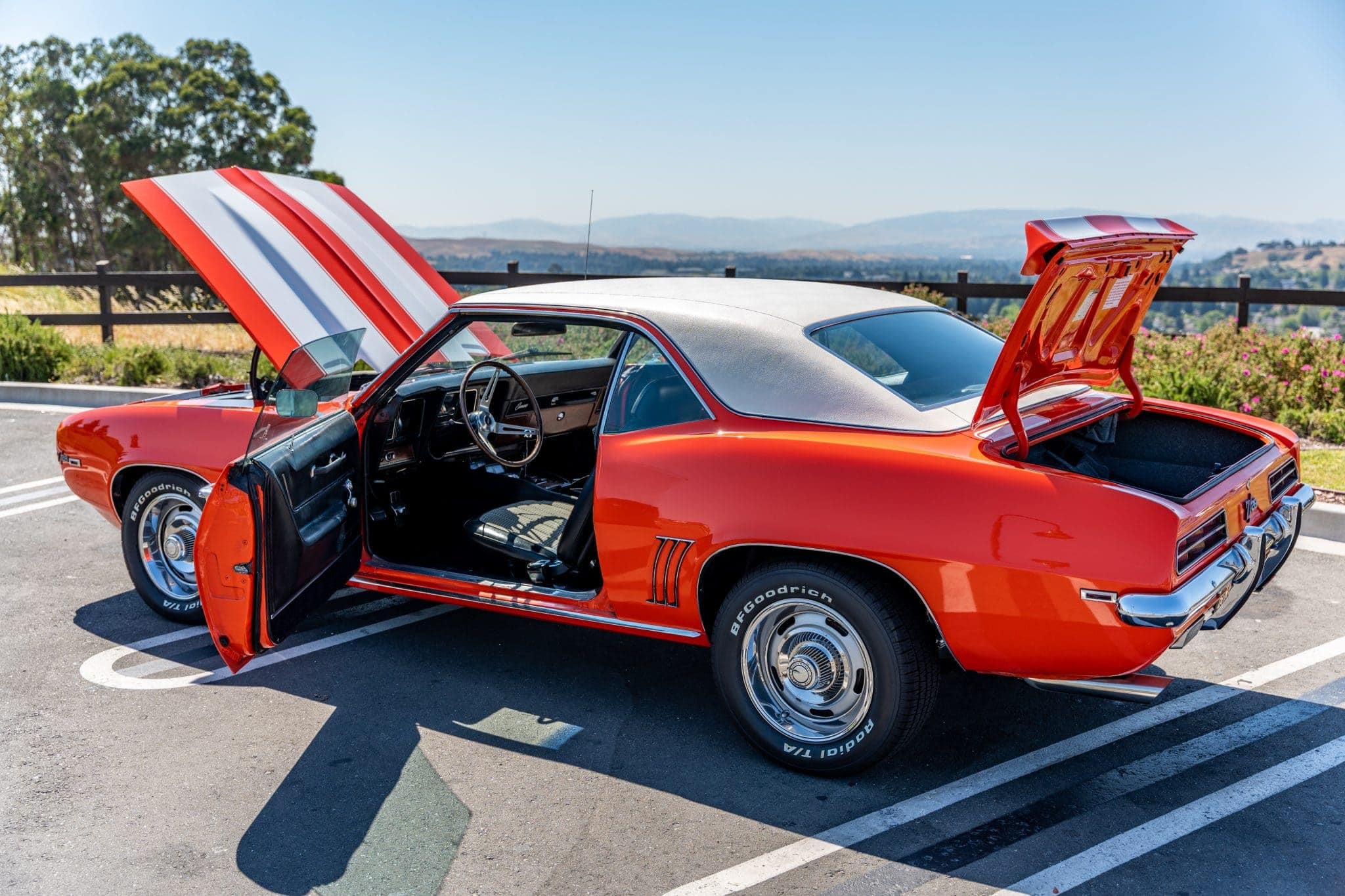
Restorations and restomods of this classic model are common, with many owners preserving its original glory or enhancing it with modern technology and performance upgrades. The timeless appeal and enduring popularity of the 1969 Camaro ensure that it remains a symbol of American automotive excellence and a testament to Chevrolet’s legacy in the muscle car domain

